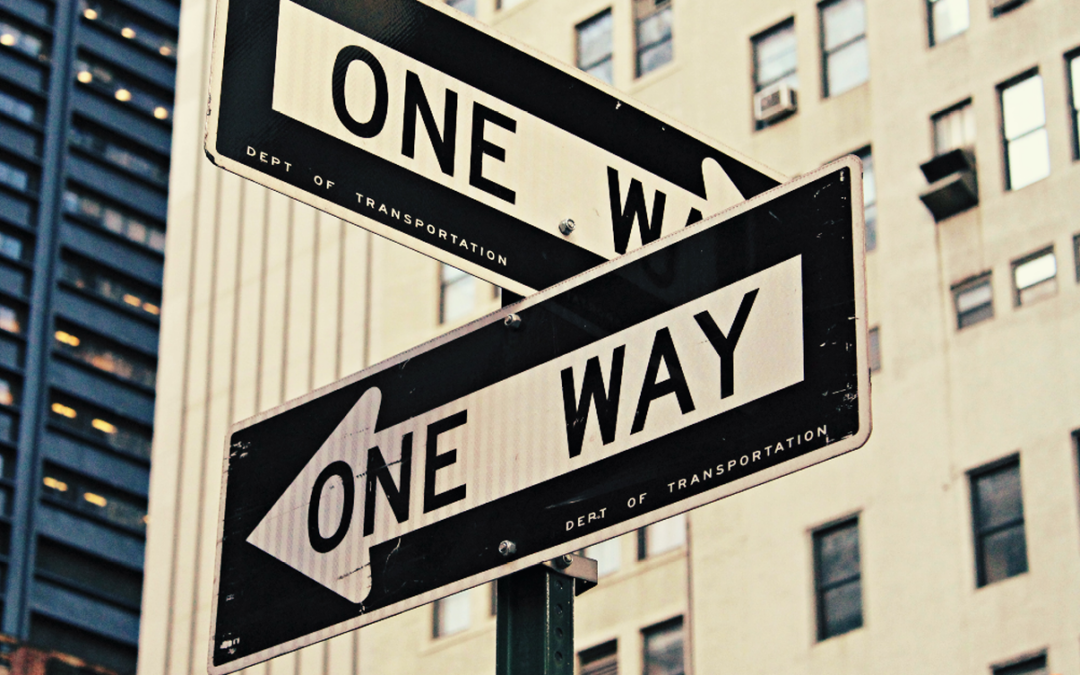For tech start-up’s a plain t-shirt with its logo emblazoned across the chest is ubiquitous. “We’re here and we mean business”.
For a new enterprise at an industry convention, a branded t-shirt provides huge brand exposure for very little cost – when you consider US tech convention organisers offer to put your brand on their conference lanyard at a starting cost of $30,000!
So why, in today’s digital marketing era, is branded merchandise still an effective tactic when a tweet costs far less than any physical item ever will and the ROI of a well-executed search engine optimisation strategy far outweighs any short-term boost from a flash drive with a logo on it? Or does it?
A 2018 study by the Advertising Specialty Institute showed that 85% of people remember the name of a company that gave them a promotional product and on average 87% of consumers keep promotional products for longer than a year.
So the key effect is residual brand recognition. This means that a branded coffee mug can keep a brand in front of a B2B consumer for years. Not the height of technology but a valid brand building technique when literally put in the hands of targeted, qualified recipients.
And no, endless swag and giveaways are not.
Keeping a marketing cupboard (or in some cases, warehouses) overflowing with branded knick knacks is a thing of the past.
Todays consumers are looking for sustainability – and above all meaning.
01
What is the purpose of the activation?
What am I looking to accomplish? For example; do I want to just get attention and create buzz around my brand? Am I interested in rewarding performance? Am I looking to incentivise performance? Is it a client gift to mark a special occasion? Whatever the reason there needs to be a clear objective at the outset.
02
Who specifically do I want to impact with this activation?
To be effective any marketing activation depends upon effective targeting and branded merchandise is no exception.
The great strength with branded merchandise is that by delivering to specific targeted individuals there is no waste and a huge opportunity to create awareness. So drilling down on your customers persona(s) is essential to success.
03
What do I want to communicate?
The trend of logo slapping is over. While subtle branding is in, there is still the opportunity to create a compelling message around labelling and packaging. Remember it’s not only about what you give but how you give it. A clear well-defined strategy is key.
04
What will it cost?
Most SMEs can only dream of launching a national brand advertising campaign. But they can still supercharge their brand marketing goals in their niche with a low-cost branded merchandise campaign that puts their brand directly into the hands of their target audience at a fraction of the cost of other media.
05
Will this build brand recognition?
Brand recognition means that consumers can identify your company immediately when they spot your logo. For example, people immediately recognise McDonald’s when they see the golden arches. Mental availability, the act of giving a promotional item to customers is key in helping them to remember and keep your brand top of mind. That’s why picking the right product and getting it to the right audience is essential.
06
Isn’t merchandise just a “one off” tactical tool?
No, well-thought-out, audience appropriate merchandise products are brand building techniques that will continue to generate brand exposure for a very long time. The term for this is “residual brand effect”. Simple items that your audience can use — PPE, apparel, water bottles, umbrellas, etc. All these products can easily end up in everyday use, in someone’s bag or everyone’s hands. As such, they will be used often, always reminding them of your brand.
07
What about exhibition and trade Shows?
Hosting a booth at trade shows and exhibitions is a staple marketing and expensive activation for many businesses. What better opportunity, when we find ourselves surrounded by potential customers than to present a meaningful branded gift to a potential new client, while wearing a branded T shirt? Pre-show promotions – where we invite attendees to our trade stand to pick up a gift prior to the event can generate significant measurable sales activity.
08
How will we get it in their hands?
How will we distribute our merchandise? Do we deliver it personally, by our sales reps or via courier? Whatever method you choose it’s all part of the customers brand experience and should be considered carefully. Presenting the recipient with a gift wrapped present in person, creates a completely different experience than if the gift arrives in a battered brown corrugated box via a courier.
09
Brand and audience appropriate merchandise.
Sounds simple, but if you were marketing sustainable cosmetics to eco-conscious Gen-Y females, a promotional makeup case containing micro-plastics would be a dubious choice for your point of sale promotion. A sustainably sourced calico bag printed with vegetable inks may be a better fit with that audience. The same goes with a promotion to tech CEO’s, are they really going to be keen on a fridge magnet? Would you send a mouse pad to a fisherman? However, Tradies love nothing more than a t-shirt with their favourite power tool brand screen printed on it. What better brand exposure for a power tool company!
10
Get creative.
People love something a bit different and a good merch’ based promo allows us to stretch our creative muscle. Who could resist a Selfie Toaster, which comes equipped with stencils that will toast the image of your face onto bread!
A tad expensive, but certainly would make an impression!
Conclusion
While often viewed as the fast food of marketing, branded merchandise can be an extremely effective tool if used strategically. By carefully considering both the demographics and psychographics of your audience combined with research and the right advice you ensure that your activation hits the mark and gets results.


